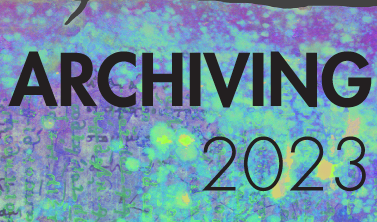
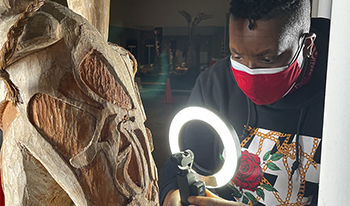
In 2021, the Michael C. Rockefeller Wing (MCRW) in the Metropolitan Museum of Art, which focuses on the regions of Asia, Africa, and the Oceana, began the process of deinstalling its collection to start renovations on their galleries. The Imaging Department coordinated closely with the curatorial, collections and conservation teams to develop a comprehensive 2 and 3D imaging campaign. This paper centers around the unique challenges our team faced when asked to record, completely and accurately, four monumental New Guinea Ancestor (Bisj) Poles, carved out of the wood of mangrove trees by the Asmat people, on an extremely tight timeline. The decision to employ 3D digitization is always a difficult one because technology is constantly evolving and there are few standards for image quality metrics. This paper documents our team's approach to solving technical challenges.
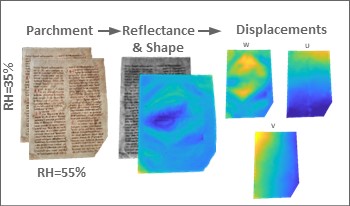
A multimodal optomechatronics system is presented for measuring and monitoring change in cultural heritage objects exposed to environmental condition fluctuations or conservation treatments. It combines structured light, 3D colour digital image correlation and multispectral imaging, delivering information about an object's 3D shape, displacements, strains and reflectivity. The high functionality and applicability of the system are presented with the example of historical parchment subjected to changes in relative humidity.
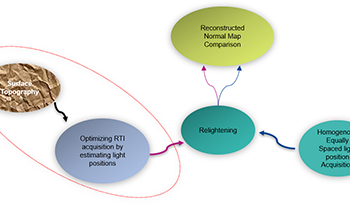
Reflectance Transformation Imaging (RTI) is a technique that provides an enhanced visualization experience. The current acquisition methods for Reflectance Transformation Imaging (RTI) are time consuming and computationally expensive. This work investigates the idea of getting best light positions for RTI acquisition using surface topography. We propose automating the RTI acquisition by estimating the surface topography using deep learning method followed by estimating light positions using unsupervised clustering method. This is one shot method which only needs one image. We also created RTI Synthetic dataset in order to carry out experiments. We found that surface topography alone is not sufficient to estimate best light positions for RTI without putting constraints.
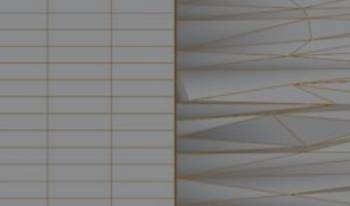
Simplification of 3D meshes is a fundamental part of most 3D workflows, where the amount of data is reduced to be more manageable for a user. The unprocessed data includes a lot of redundancies and small errors that occur during a 3D acquisition process which can often safely be removed without jeopardizing is function. Several algorithmic approaches are being used across applications of 3D data, which bring with them their own benefits and drawbacks. There is for the moment no standardized algorithm for cultural heritage. This investigation will make a statistical evaluation of how geometric primitive shapes behave during different simplification approaches and evaluate what information might be lost in a HBIM (Heritage-Building-Information-Modeling) or change-monitoring process of cultural heritage if each of these are applied to more complex manifolds.
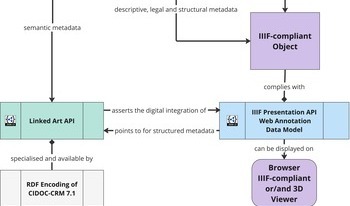
This paper addresses the concerns of the digital heritage field by setting out a series of recommendations for establishing a workflow for 3D objects, increasingly prevalent but still lacking a standardized process, in terms of long-term preservation and dissemination. We build our approach on interdisciplinary collaborations together with a comprehensive literature review. We provide a set of heuristics consisting of the following six components: data acquisition, data preservation, data description, data curation and processing, data dissemination, as well as data interoperability, analysis and exploration. Each component is supplemented by suggestions for standards and tools, which are either already common in 3D practices or represent a high potential component seeking consensus to formalize a 3D environment fit for the Humanities, such as efforts carried out by the International Image Interoperability Framework (IIIF). We then present a conceptual high-level 3D workflow which highly relies on standards adhering to the Linked Open Usable Data (LOUD) design principles.
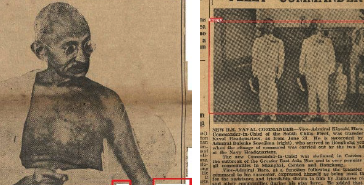
This paper presents the methodologies to extract the headline and illustrations from a historical newspaper for storytelling to support digital scholarship. It explored the ways in which new digital tools can facilitate the understanding of the newspaper content in the setting of time and space, "The Hongkong News" was selected from Hong Kong Early Tabloid Newspaper for the case study owing to its uniqueness in historical value towards the scholars. The proposed methodologies were evaluated in OCR (Optical Character Recognition) with scraping and Deep Learning Object Detection models. Two visualization products were developed to showcase the feasibility of our proposed methods to serve the storytelling purpose.
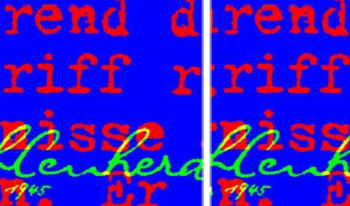
The presence of handwritten text and annotations combined with typewritten and machine-printed text in historical archival records make them visually complex, posing challenges for OCR systems in accurately transcribing their content. This paper is an extension of [1], reporting on improvements in the separation of handwritten text from machine-printed text (including typewriters), by the use of FCN-based models trained on datasets created from different data synthesis pipelines. Results show a significant increase of about 20% in the intrinsic evaluation on artificial test sets, and 8% improvement in the extrinsic evaluation on a subsequent OCR task on real archival documents.
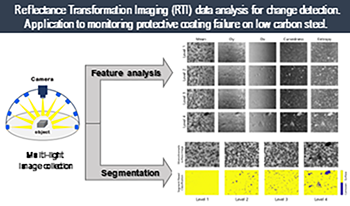
This paper examines two new methodological approaches exploring Reflectance Transformation Imaging (RTI) data processing for detecting, documenting, and tracking surface changes. The first approach is unsupervised and applies per-pixel calculations on the raw image stack to extract information related to specific surface attributes (angular reflectance, micro-geometry). The second method proposes a supervised segmentation approach that, based on machine learning algorithms, uses coefficients of a fitting model to separate the surface’s characteristics and assign them to a class. Both methodologies were applied to monitor coating failure, in the form of filiform corrosion, on low carbon steel test samples, mimicking treated historical metal objects’ surfaces. The results demonstrate the feasibility of creating accurate cartographies that depict the surface characteristics and their location. Additionally, they provide a qualitative evaluation of corrosion progression that allows tracking and monitoring changes on challenging surfaces.
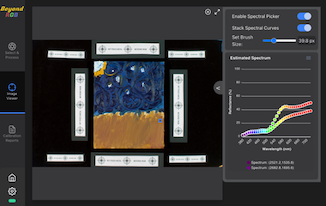
Beyond RGB is a free, opensource, software application providing colorimetric and spectral processing of a 6-channel spectral image. The software has an input of two sets of RAW RGB images, one set for each of two different lighting conditions. These sets include a dark current, flatfield, target, and item. The outputs are an RGB image that is color calibrated with data on the accuracy of the calibration and user-selected spectral reflectance estimations of regions of interest. The improvements created for this version of the software include an updated user interface, auto-sorting of files, improved color difference calculation and visualization, a userfriendly website, and the inclusion of various RAW file types.